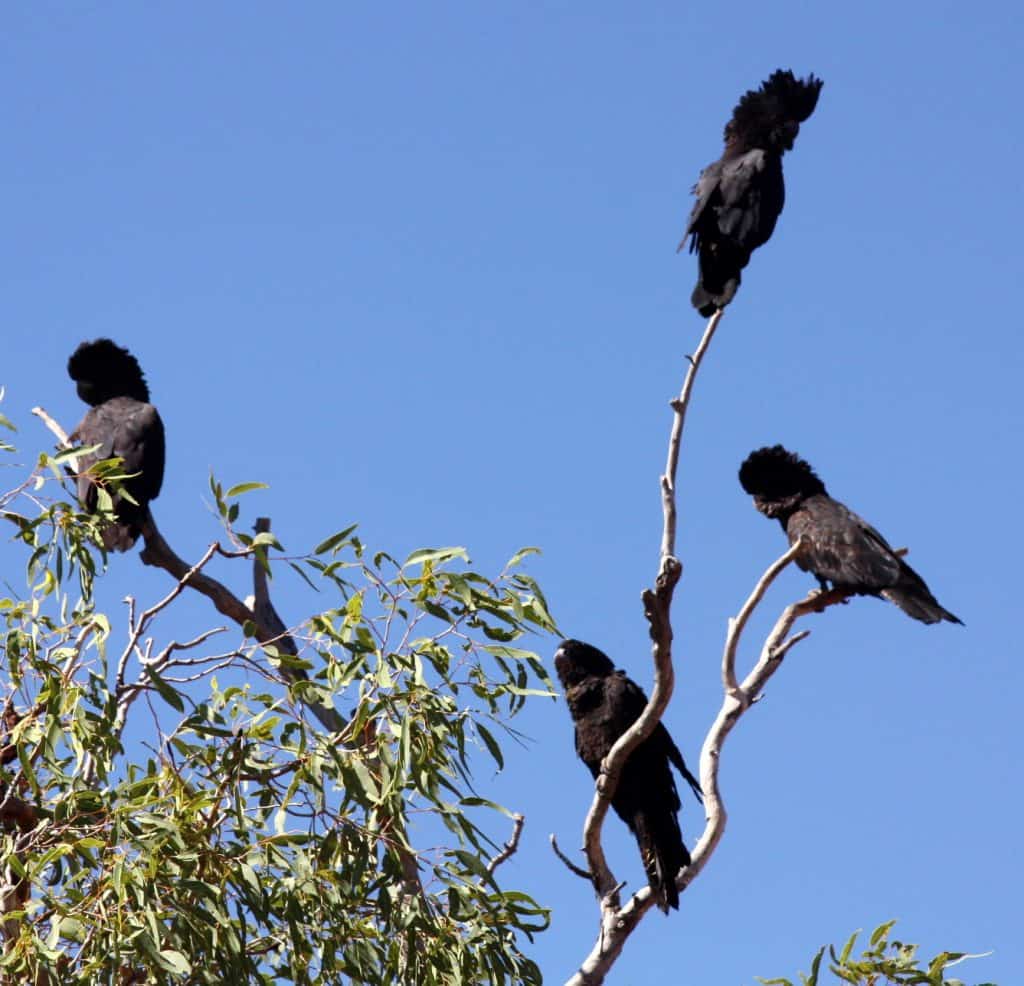ON THE HUNT
Before I get into this week’s article, a quick hello to all my friends down south will be feeling very sorry that I had to tolerate maximum temperatures in the mid to low 20’s last week, during the cold snap that affected the state. At one stage I actually had to wear a long sleeved shirt, my only pair of tracksuit pants and a pair of socks. But then I heard about Collie being minus 3 degrees and Margs a mild 5 degrees and figured it wasn’t all that bad after all. During this period we also had very strong easterly winds which were not going to be favourable for my planned ‘hunting’ trip up the Ord River, but I was determined to explore another part of this area.
The voyage heading upstream from the Ord River Diversion Dam in Kununurra to the Lake Argyle dam wall is 55 kilometres and with more twists that an Alfred Hitchcock novel to negotiate. With water depth down to 1-2 metres in some sections, I certainly would not be able to just belt down the river at 20 knots. I headed off at a respectable 630am armed with lures, bait, rods, camera, Go Pro and other paraphernalia to get me through the day. In the back of my mind I recalled that over 150,000 barra fingerlings had been released here and rumour had it a local bagged an 83cm barra recently, but that this was a rare catch. The other piece of info I had gleaned from locals was that the last 15kms was potentially the most productive for fishing, but was also littered with rocks.
I hammered up the first twenty or so kilometres where the river was widest and deepest, sometimes even up to 20 metres deep, the whole time looking for likely snags or rock bars to fish. A huge Osprey nest high up in a river gum distracted me for a half hour or so, before a large section of rocks on the banks of the river showed some potential on the side sonar, so I trolled a Gold Bomber15A a dozen or so times past it. On the last run I got a hit, so immediately turned back again and very surprisingly a mangrove jack had come out from under the rock bar and smashed the lure. Although not the barra I was chasing, Mangrove Jack are certainly a quality fighting as well as eating fish, this one was well over the required 30cm and so was spiked, bled, gilled, gutted and in the ice box in no time. I persisted at the spot trolling, then anchoring, with different lures as well as bait, but they were just not interested. I ventured further upstream and as it was now mid morning came across three other powerboats all heading to their spot X, a dozen or so kayakers, a houseboat and the JJJ Charter boat. It soon became obvious if I was to make the end of the river and back, it was going to be a very long day with very little fishing, so I decided to find another likely looking spot and just tie off and fish hard there. An overhanging paperbark gum with a large amount of debris accumulated underneath was a likely camouflage area and on the first drop with a dead mullet bait a large catfish was landed. Five more catfish later I was about to head back when a good hook up had a different feel about it. Sure enough this was a better Mangrove Jack, which I just managed to keep out of the snags and came in at 48cm. A quick check of the fishing guide confirmed a bag limit of two for this species, so I was happy to head home with the intention of checking out that last 15 kilometres of the river another time.
To answer last week’s question, there are .75 kilowatts in 1 horsepower. This week’s question is, ‘How did Ern Grant describe a Mangrove Jack in his book “Fishes of Australia”?’
0409549356
Find us on seasoaringmarine

